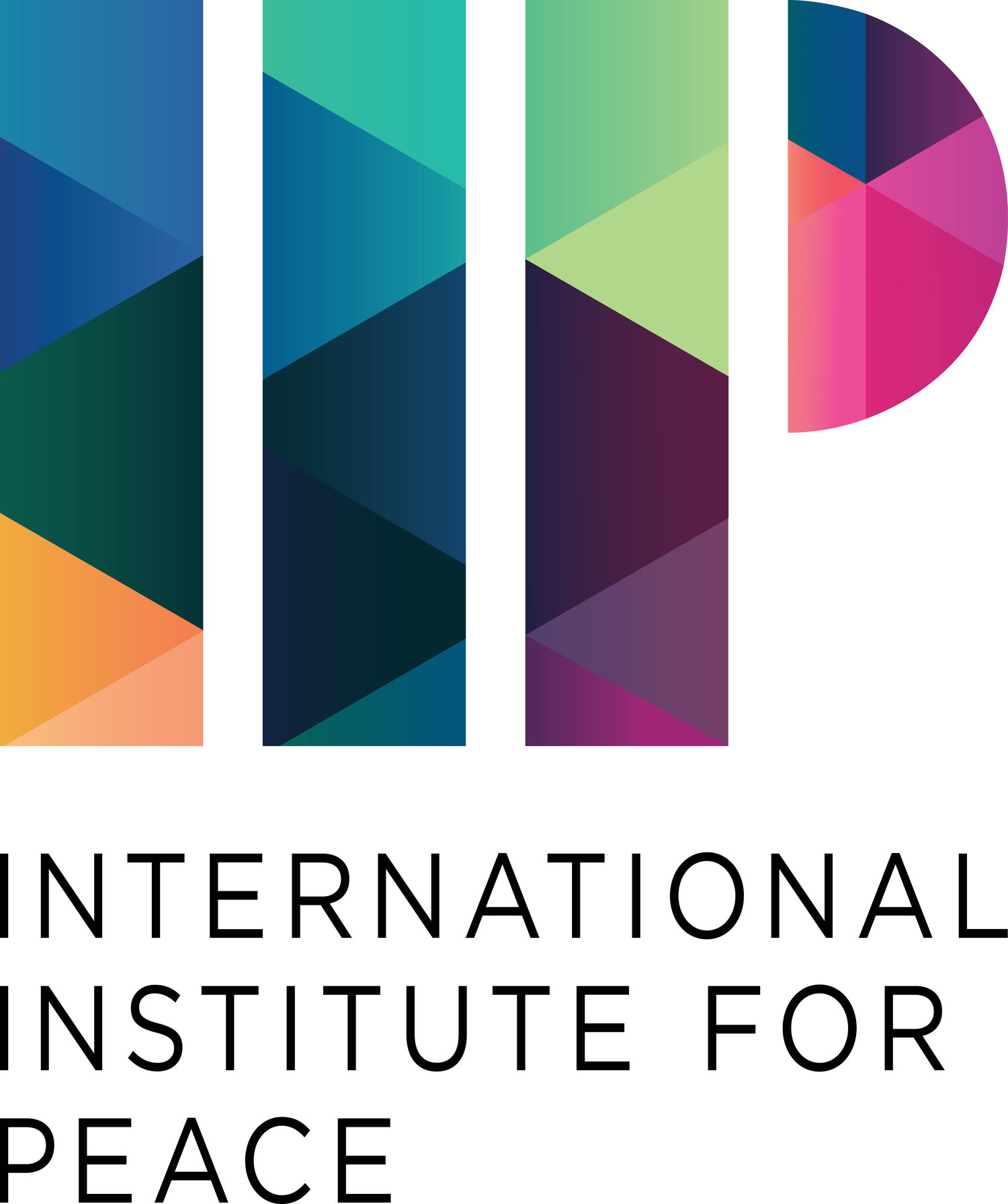On October 14, the International Institute for Peace (IIP) held a public talk with Ambassador Apakan, the former Chief Monitor of the OSCE Special Monitoring Mission to Ukraine (SMM). During this presentation Amb. Apakan shared his insights and experiences gained after serving for five years as Chief Monitor, highlighting among other things the tasks and goals of the mission.
In response to the Ukrainian crisis, the OSCE Special Monitoring Mission to Ukraine was established in March 2014, after the request of the Ukrainian government and following the approval by the OSCE participant countries. The main function of this unarmed mission is to contribute to the stabilization of Ukraine, through monitoring and reporting on the one hand, and by providing dialogue possibilities on the other hand. Even though the SMM is mainly present in Eastern Ukraine, there are monitors operating throughout the entire country. The SMM is an impartial actor on the ground, that aims to reduce tensions and establish peace and stability.
The nature of the crisis in Ukraine changed over the years. There has been a militarization on both sides. Most of the armed conflicts take place near cities and therefore an increased number of civilians get wounded and even killed. In many areas the civilian population is extremely suffering, and the humanitarian situation is horrible. Hence, the SMM tries to monitor the conflict by being present on the ground, supporting efforts of negotiations and cooperating with international humanitarian NGOs.
Since the beginning of the conflict, talks were held in Minsk between the different actors. The Trilateral Contact Group on Ukraine, containing representatives from Ukraine, Russia and the OSCE, compiled the Minsk Protocol, which included an immediate ceasefire. On 5 September 2014, this agreement was finally signed by representatives of Ukraine, the Russian Federation, the so-called Donetsk People´s Republic and the Luhansk People´s Republic, in order to stop the war in the Donbass region. But already on 28 September 2014 the Second Battle of Donetsk Airport erupted and the ceasefire agreement was broken. Under German and French influence, a new ceasefire agreement, known as Minsk II, has been signed. However, both sides constantly violate the agreement and conflicts still erupt on different locations.
The Ukrainian Crisis is in no case a frozen conflict and the work of the OSCE Special Monitoring Mission to Ukraine should be continued. The SMM did not only facilitate dialogue between the different parties, by providing for example a platform for negotiations in Minsk, but it also proposed local solutions. By including the local population, the SMM hopes to increase the acceptance for the mission inside the population. Moreover, the SMM is using high technology, in order to reach rural areas, dispose of satellite images, etc. In order to report everything about the situation in Ukraine, the merge of technology and foot patrols is highly important.
Since the outbreak of the conflict in 2014 many people were displaced, more than 30.000 people were injured and about 13.000 were killed. There are about 4.000 civilians among these victims. Ukraine is in basic need of a definite ceasefire and disengagement, but this political will has to be complemented by actions.



